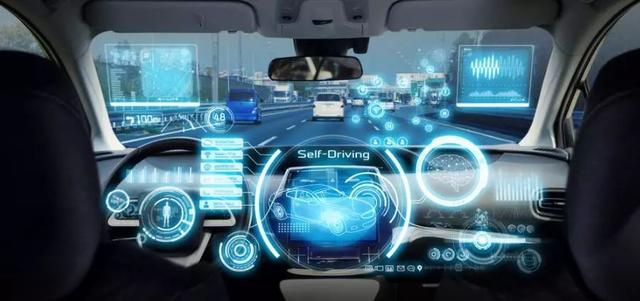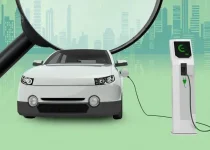How do autonomous driving technologies integrate with electric vehicles?
Autonomous driving technologies and electric vehicles (EVs) are complementary, and their integration offers several advantages that can enhance the overall performance, efficiency, and user experience of both systems. Here’s how autonomous driving technologies integrate with electric vehicles:
- Electrification as a platform: EVs provide a suitable platform for autonomous driving technologies due to their high-torque electric motors, which enable smooth and precise control of acceleration and deceleration. Additionally, EVs have fewer moving parts than internal combustion engine vehicles, which can simplify the integration of autonomous driving systems and reduce overall maintenance requirements.
- Efficient energy use: Autonomous driving systems can optimize EV performance by employing energy-efficient driving techniques, such as smooth acceleration and regenerative braking. This can help extend the driving range of the vehicle and reduce the need for frequent charging.
- Optimized charging: Autonomous driving technologies can be integrated with intelligent charging systems to optimize the charging process. For instance, self-driving EVs can automatically locate and navigate to the nearest charging station, charge during off-peak hours when electricity rates are lower, or participate in vehicle-to-grid (V2G) programs to balance grid demand.
- Fleet management: Autonomous electric vehicle fleets, such as ride-hailing services or shared mobility platforms, can benefit from centralized management and optimized scheduling. This can improve overall fleet efficiency, reduce downtime, and minimize energy consumption.
- Advanced sensors and communication: EVs equipped with autonomous driving technologies often feature advanced sensors, cameras, and communication systems that can enhance safety and driving efficiency. These systems can communicate with other vehicles, traffic infrastructure, or cloud-based services to access real-time traffic information, optimize routing, and provide early warnings about potential hazards or road conditions.
- Enhanced user experience: The integration of autonomous driving technologies and electric vehicles can offer a more comfortable and convenient user experience. Passengers can enjoy a smoother and quieter ride, as well as features such as personalized entertainment, productivity tools, or advanced climate control systems, while the vehicle takes care of driving tasks.
- Reduced emissions: Autonomous driving technologies can contribute to further reducing emissions by optimizing EV performance, promoting energy-efficient driving techniques, and enabling the efficient use of renewable energy sources for charging.
As the development and adoption of both electric vehicles and autonomous driving technologies continue to grow, their integration is expected to become increasingly seamless and mutually beneficial. This convergence can lead to more efficient, sustainable, and user-friendly transportation solutions that have the potential to transform the way people travel and interact with their vehicles.



